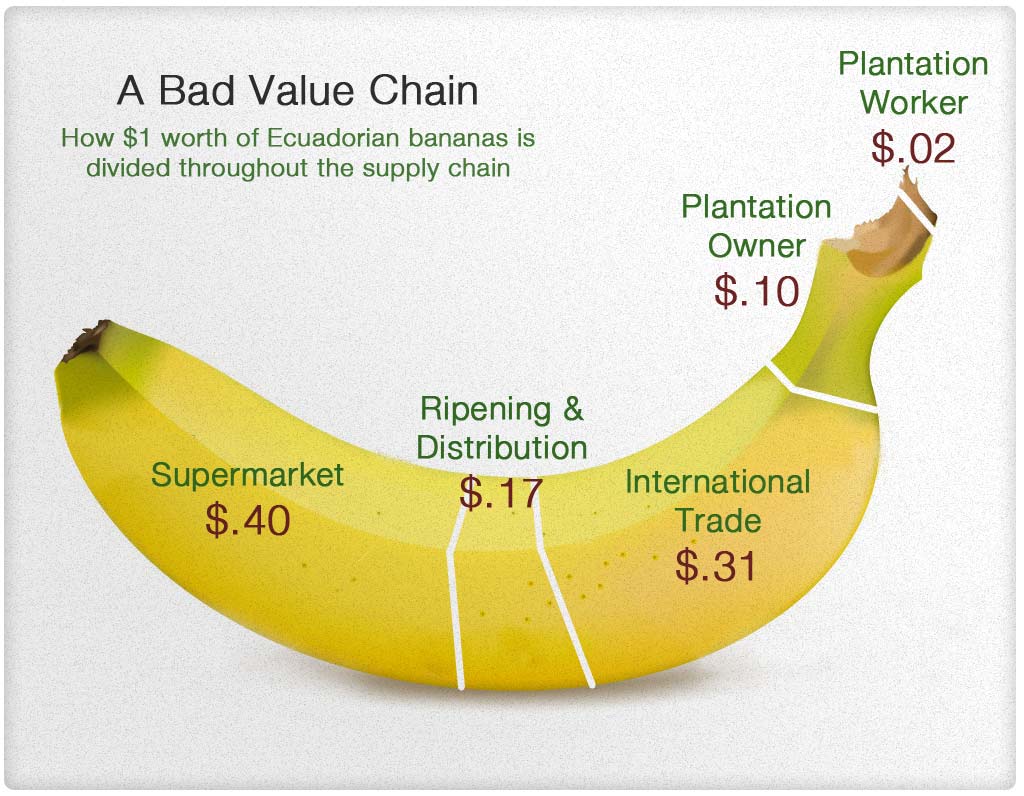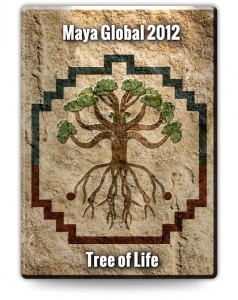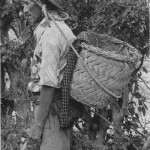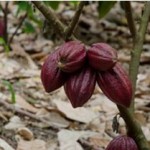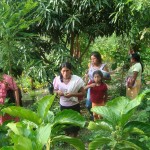2009 – Bad Market Timing
We were getting good, favorable reception to our business plan from key prospective equity-retailers up to and through the third quarter of 2008. At that point, discussions and further meetings were cancelled due to the financial implosion and market uncertainties. I always believed that timing is everything in business, and the timing of the crash couldn’t have been worse. Maya Global 2012, a start-up business requiring risk equity capital, was dead in the water. At that point, I made the decision to stop our pursuit of a major storefront retailer to join Maya Global 2012 as an equity-partner.
During the project’s early development and research from 2007 to 2008, I learned the importance of establishing a sustainable and effective socio-economic ‘value-chain’ when helping rural indigenous. It’s important to point out that when working with rural indigenous people, it’s never one or the other of poverty or environmental degradation you are fighting to reverse…but both. These challenges are best met by maximizing the return of the retail revenue and profit margin to the product source, or in this case the Maya enterprise or project, and not third party distributors and wholesalers.
Small agribusinesses, especially in less developed countries, typically produce only raw products. These products are sold to firms that enhance those products and then sell them to distributors. The distributors use a variety of established networks to present the finished products to retail customers. Each of these steps adds costs and the retail price paid is several times the amount paid to the original producer of the raw goods. Our business model seeks to break this cycle in two ways. First, MG2012 will enable growers to create local processing facilities so that the enhanced, market-ready products can be produced by the same entity. Second, MG2012 will establish a distribution system that directly links the producers with potential retail customers through online market networks.
This new model will achieve two objectives. First, the local growers and processors will receive a much larger percentage of the retail price, creating more skilled jobs in the developing region. Second, retail customers will be assured that the money paid for products purchased will go directly to the region that produced the product. They will also be assured that the product was produced in an environmentally beneficial manner and that the profits are being used to lift the standard of living in the region.
In Chapter 7, you will be introduced to New Leaf World Markets, Inc., a unique business model that shows how it and the companies it creates will enter the 21st Century.
